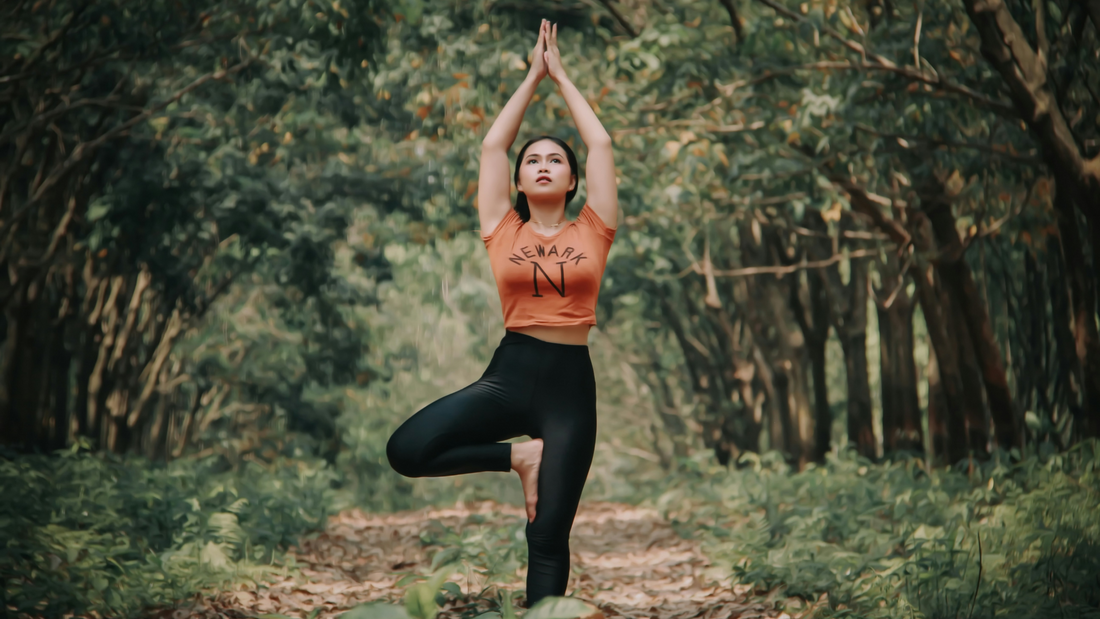

Are Low Impact Workouts Effective?
When you think of working out and fitness, the first thing that comes to mind will be someone grinding it out doing weighted burpees or sprinting around a track. These exercises require hard effort and come with the requisite blood, sweat, and tears.
Exercise, however, does not always fit in this image. Not everyone enjoys — or can do — high-impact workouts without facing serious repercussions to their health and wellness. For some people, high impact exercise puts too much stress on the body; for others, high impact exercise might not be what they’re looking for in a workout.
Some people believe that for a workout to be effective, it has to feel hard and arduous, but this isn’t true. Low impact workouts are proven to have a great, positive impact on people willing to try them. In fact, there are many types of low impact workouts that can be incredibly effective, depending on an individual’s fitness and wellness goals.
Understanding Low Impact Workouts
In a low impact workout, you are putting less stress on your body and joints. This has many benefits, but does not necessarily mean low impact workouts are “easier” than high impact workouts.
In fact, low impact workouts are proven to have the same benefits as high impact workouts! That means that skipping high impact workouts isn’t a detriment to your health. Running and jumping are both high-impact, requiring motion that can place extra pressure on the joints. When you leave the ground and then make contact again, gravity plays a role in your exercise, making it more forceful.
In contrast, low impact exercises relieve the joints of this pressure, making them more accessible to most people. For example, someone with a chronic knee injury may not be able to run and jump anymore, but that doesn’t mean they can’t work out. Instead, they need to look for exercises that won’t put too much pressure and stress on their knee to cause pain or further injury.
Types of Low Impact Exercises
There are many types of low impact exercises, which means there is an exercise for everyone! Low impact exercises can be cardio or strength based. Most people — no matter their activity level — like to plan a mix of cardio-based and strength-based workouts throughout the week. Having a variety ensures you will build your endurance while also getting stronger.
Cardio-Based Low Impact Workouts
Low impact cardio (or aerobic exercise) is important for your overall health. Many low impact cardio workouts are also relatively accessible to most people.
Walking. Walking is great exercise and all you need is a pair of good shoes and somewhere to walk. Just spending thirty minutes a day walking a loop around your neighborhood or city block can drastically improve your health.
Cycling. Cycling, whether outside or inside, is a favorite low impact workout. As you cycle, you will increase your heart rate (in a good way), while also building strength in your leg muscles. Spin cycle classes are an option for people looking to workout in an intense, yet empowering, environment.
Swimming. Swimming is one of the most low impact exercises out there. Water creates buoyancy and also cushions the joints. If you are rehabbing an injury, definitely add swimming to your rotation.
Strength-Based Low Impact Workouts
Strength workouts will help you build muscle and tone the body. Many strength workouts also help you improve your athletic ability in cardio-based exercises. Everything is complementary!
Weight Lifting/Resistance Training. Weight lifting and resistance training are two ways to home in on building muscle mass. For weight lifting, you need access to dumbbells, a barbell, or weight machines. Many people start with resistance training because all you need is yourself for bodyweight exercises and resistance bands, which are easy to obtain.
Yoga. Yoga combines breathwork and movement in workouts for all fitness levels. With yoga, you will build strength in your body through the different poses, while also working on your mental fortitude.
Beneficial Effects of Low Impact Exercises
As we’ve discussed, one of the biggest benefits of low impact exercise is reduced risk of injury and joint pain. There are, however, many other benefits.
Low impact exercises can also build cardiovascular capacity and endurance, which strengthens the heart and makes it more efficient. Many people, especially older women, enjoy low impact exercises because they can improve bone density, reducing risk of osteoporosis.
While it may be hard to believe, you can also build strength and increase your overall fitness level with low impact exercise.
Many people who do low impact exercises also see calorie- and fat-burning benefits, and use low impact exercises as part of their weight loss strategy.
Tracking the Results of Your Low Impact Workouts
If you're looking to track how your low impact exercises are impacting your overall health and body shape, the ZOZOFIT app is a great tool to help you gain deeper insights to your progress, far beyond what your scale is telling you. With ZOZOFIT, you can see changes to your body in a full 3D rendering, track your body fat percentage, and set goals for yourself so that you keep your fitness plans on track.

![zf-w-[168px] zf-h-[40px]](http://zozofit.com/cdn/shop/t/15/assets/logo-desktop.png?v=117713855448369080381753069598)


